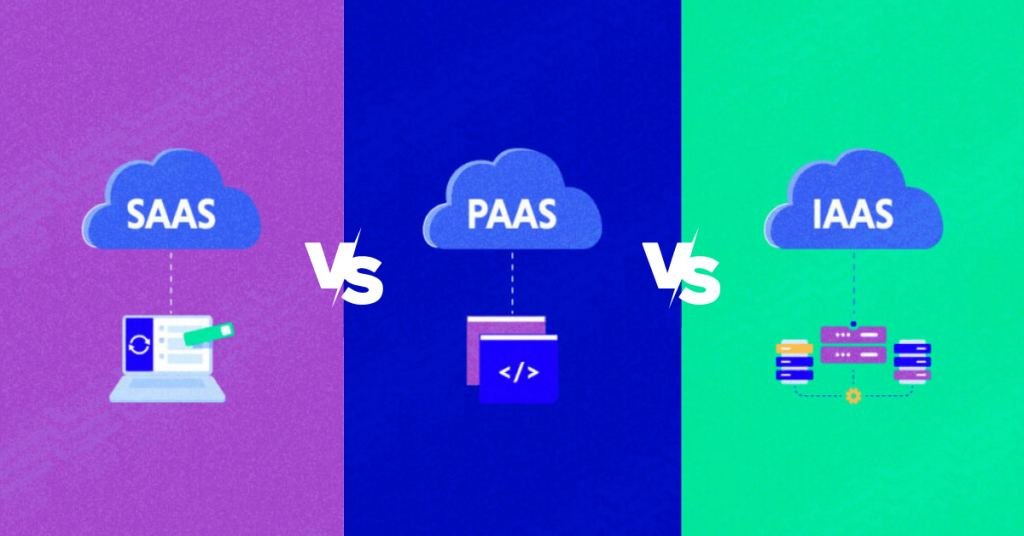In the realm of Software as a Service (SaaS), the path to sustainable growth often lies in understanding and accurately measuring the right metrics. These metrics, when properly tracked and analysed, can provide valuable insights into various aspects of your business, helping you make strategic decisions that align with your growth objectives. Before jumping straight to the list of important SaaS metrics let’s first take the overview.
What Is SaaS Metrics?
SaaS Metrics are key performance indicators used to track the success and growth of a software-as-a-service (SaaS) business. They measure various aspects such as revenue, customer acquisition, retention, and satisfaction, and are crucial for making data-driven decisions to improve the overall performance of a SaaS company.
How the Right SaaS Metrics Can Assist in Mapping SaaS Growth?
1. Understanding Customer Behavior:
Metrics like Monthly Recurring Revenue (MRR), Annual Recurring Revenue (ARR), Churn Rate, and Customer Lifetime Value (LTV) provide insights into how customers interact with your services. They can help you understand customer loyalty, longevity, and their value over time. By closely observing changes and trends in these metrics, you can predict customer behaviour and tailor your strategies to boost customer retention and revenue.
2. Evaluating Marketing and Sales Efforts:
Metrics like Customer Acquisition Cost (CAC) and the LTV:CAC ratio offer a clear picture of the effectiveness of your marketing and sales strategies. If your CAC is too high relative to LTV, it might indicate that your acquisition strategies need refining. On the other hand, a healthy LTV:CAC ratio could suggest that your marketing and sales efforts are yielding a good return on investment.
3. Gauging Customer Satisfaction:
The Net Promoter Score (NPS) is a direct measure of customer satisfaction and loyalty. A high NPS score often correlates with higher customer retention rates and increased revenue. By tracking this metric, you can gauge customer satisfaction and make improvements where necessary to enhance their experience and increase loyalty.
4. Spotting Opportunities for Upselling and Cross-selling:
Expansion MRR is a measure of the additional revenue generated from existing customers. A steady or increasing Expansion MRR indicates that there are opportunities for upselling or cross-selling to your current customer base, which can significantly contribute to your SaaS growth.
5. Forecasting Revenue:
Metrics like Revenue Run Rate and Average Revenue Per User (ARPU) are useful for forecasting future revenue. They provide an estimate based on current revenue, which is invaluable for strategic planning, budgeting, and setting realistic growth targets.
6. Identifying Areas for Improvement:
Lastly, tracking the right metrics can help you identify areas in your business that need improvement. For example, a high churn rate might suggest issues with customer service or product quality, while a low ARPU could indicate that you’re not fully capitalizing on monetization opportunities.
Overall, tracking the right SaaS metrics is not just about collecting data. It’s about translating that data into actionable insights to drive strategic decisions and foster growth. By keeping a close eye on these key SaaS metrics, you can map out your growth trajectory, make informed decisions, and steer your business towards success.
Moving Ahead, In the rapidly evolving landscape of Software as a Service (SaaS), measuring the right metrics is critical for businesses aiming to sustain and grow. Metrics offer an objective perspective of your business health, help you identify trends, make informed decisions, and measure the impact of those decisions over time. However, not all metrics are equally important.
Here, we will delve into some of the most significant metrics that every SaaS business should monitor closely.

Most Important SaaS Metrics For Your Business Growth:
1. Monthly Recurring Revenue (MRR)
MRR is the lifeblood of any SaaS business. It’s the total predictable revenue that your company earns every month. MRR is crucial as it allows businesses to track growth and forecast future revenue, helping in strategic planning and decision-making.
2. Annual Recurring Revenue (ARR)
ARR is similar to MRR but calculated on a yearly basis. This metric is particularly useful for SaaS businesses with yearly subscription plans. It gives a clearer picture of the company’s financial health and is often used to evaluate the business’s value.
3. Customer Acquisition Cost (CAC)
CAC is the total cost of acquiring a new customer, including all aspects of marketing and sales. Understanding CAC is vital for evaluating how much you should invest in customer acquisition and determining the profitability of different customer segments.
4. Churn Rate
The churn rate, or attrition rate, is the percentage of customers who cancel their subscriptions during a given time period. A high churn rate can be a sign of customer dissatisfaction and can significantly impact your MRR. Tracking churn rate is essential for understanding customer retention and figuring out ways to improve it.
5. Lifetime Value (LTV)
Customer Lifetime Value represents the total revenue a business can expect from a single customer account. It considers a customer’s revenue value and compares it to the customer’s predicted lifespan. Businesses use LTV to understand how much revenue they can expect an average customer to generate over time, which in turn aids in budgeting acquisition costs.
6. LTV: CAC Ratio
The ratio of LTV to CAC indicates the return on investment in customer acquisition. A ratio of 3:1 is generally considered healthy, meaning the value of a customer is three times the cost of acquiring them. If the ratio is too low, you’re not earning enough from customers to justify acquisition costs. If it’s too high, you could be underspending on acquisition and hindering growth.
7. Net Promoter Score (NPS)
NPS is a measure of customer satisfaction and loyalty. It tells you how likely customers are to recommend your product to others. High NPS scores are often linked to strong customer engagement, high customer retention rates, and ultimately, increased MRR.
8. Expansion MRR
Expansion MRR tracks additional revenue from existing customers through upselling, cross-selling, or offering additional services. It’s a measure of how well you’re growing revenue within your existing customer base, and a high Expansion MRR is a sign of strong customer relationships.
9. Revenue Run Rate
This is a projection of future revenue based on current revenue. It’s calculated by taking the MRR and multiplying it by 12 to get an estimate of the annual revenue. While not a perfect predictor due to the variability of monthly earnings, it can give a useful snapshot of your business’s future.
10. Average Revenue Per User (ARPU)
ARPU indicates the revenue generated per user or unit. It’s a measure of how well you’re monetizing each user. While not all users will generate the same revenue, ARPU allows you to understand trends and make predictions.
Conclusion – SaaS Metrics
Monitoring these key SaaS metrics will provide you with valuable insights into the health and trajectory of your business. However, it’s crucial to remember that these numbers don’t exist in isolation. They’re interdependent and should be considered in relation to one another to gain a comprehensive understanding of your business performance.
For instance, a high Customer Acquisition Cost (CAC) might be worrying, but if the Customer Lifetime Value (LTV) is significantly higher, it shows that your investment in customer acquisition is paying off in the long run. Similarly, while keeping the churn rate low is essential, it’s equally important to drive up the Expansion MRR by focusing on upselling and cross-selling to existing customers.
Moreover, these metrics should guide, but not dictate, your decision-making process. They serve as a compass, providing direction and helping you understand where your strengths lie and where improvements are needed. However, they should be coupled with qualitative data – like customer feedback, market trends, and competitive analysis – to inform your business strategy.
Lastly, keep in mind that it’s not about chasing perfect numbers, but about continuous improvement. The benchmark for each metric will vary depending on numerous factors, such as the nature of your SaaS product, target audience, pricing model, and the maturity of your business. What’s important is to track these metrics consistently, understand what they mean for your business, set realistic targets, and strive to achieve them.
In the world of SaaS, where businesses are built on recurring revenue and long-term customer relationships, understanding and monitoring these key metrics can mean the difference between sustainable growth and stagnation. So, make these metrics a central part of your business review and strategy formulation, and let them guide your path to success in the SaaS landscape.

